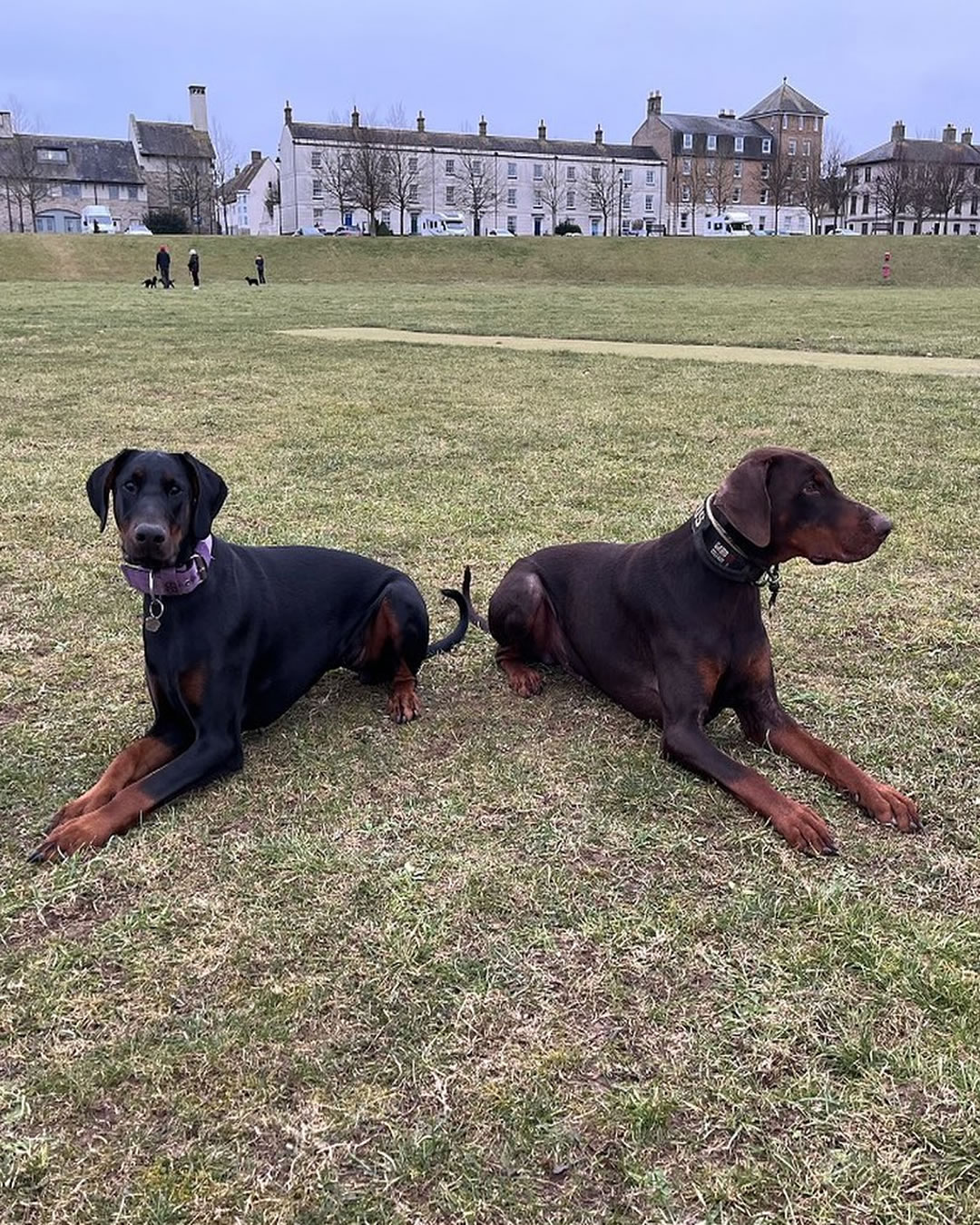Case Studies and Testimonials
Great afternoon of training in Dorchester today. Love to see how Nala is developing and improving every session and the clients sure have been putting the work in which makes all the difference.
Nala was a dog who was more interested in the environment around her (which is the case for most dogs we see) and was easily distracted by other dogs, people playing football and whatever else was going on.
Now, she is a completely different dog who is fully engaged and focussed on interacting with her handlers and not interested in what’s going on around her which she showed today.
Over the past few sessions, our collaboration with Katrina and her male Doberman, Dexter, has yielded impressive progress in a remarkably short period.
Dexter is actively engaged in his training, and both Katrina and Dexter show noticeable improvement with each session.
We are excited to witness the continued progress of this dynamic duo.
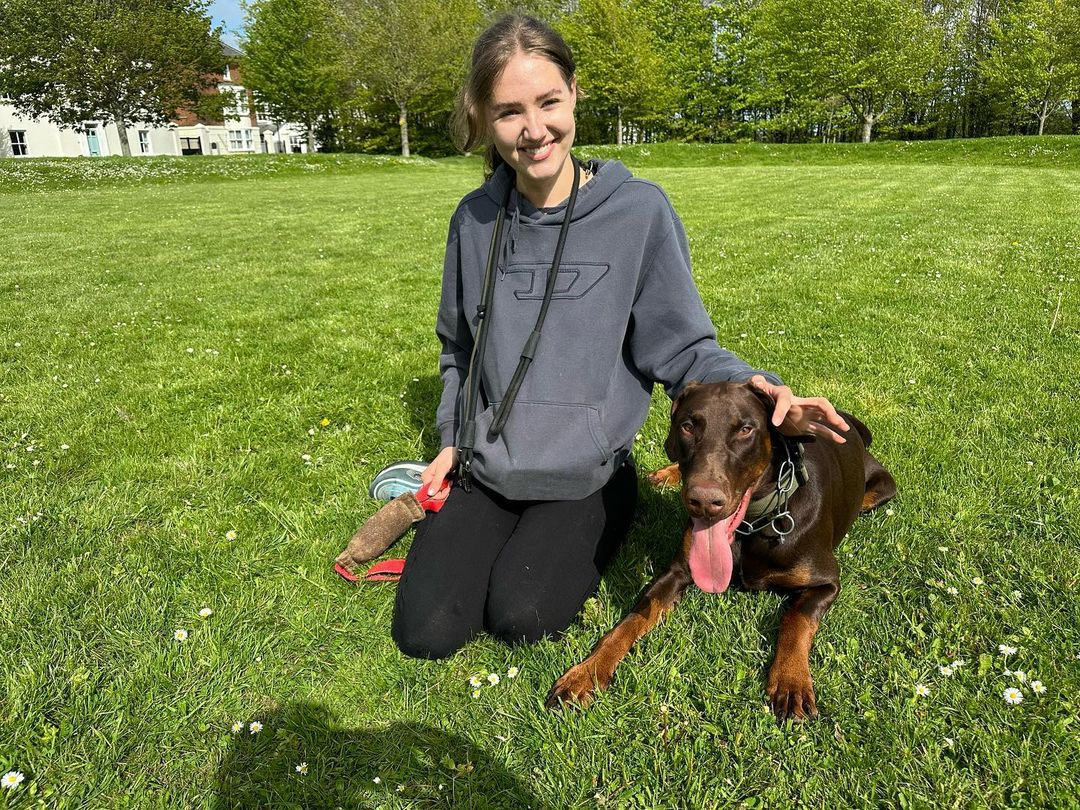
Beatrice, at 17 years old, has built a robust connection with her 10-month-old male Dobermann, Ares, through their training. This serves as a valuable reminder to prioritize fun in your dog’s training regimen.
Training is a journey, and it should be enjoyable for both you and your dog; otherwise, what’s the purpose? Rather than stressing over perfection, maintain consistency, savor the process, and naturally, everything will fall into place.
By enjoying the journey, you’ll find that your bond with your dog strengthens over time.
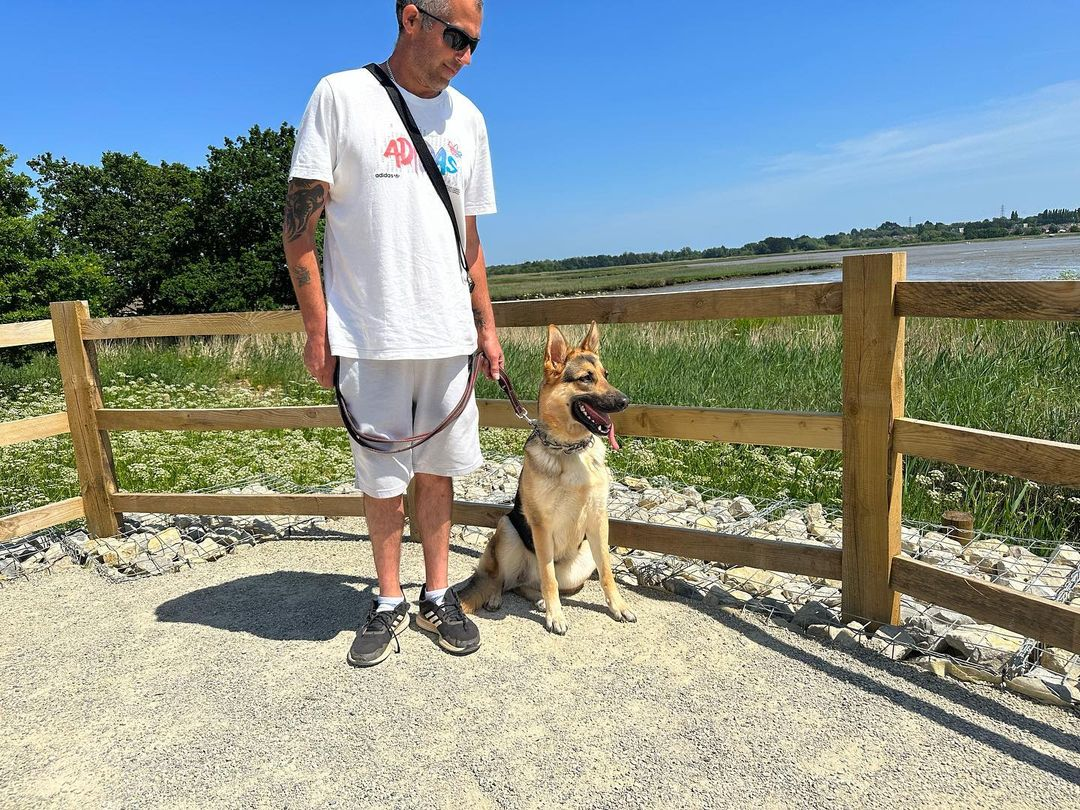
Luna exhibits intense reactivity to other dogs. During our initial meeting with Pete for his consultation, we retraced our steps three times because Luna was deeply demoralised. Pete had lost hope that Luna would ever experience the quality of life and enrichment she needed, especially since even a basic walk had become an overwhelmingly stressful ordeal.
Now, we are just at the very start of our Behaviour Modification Programme and Luna is making amazing progress walking past another dog with zero reactivity. We still have a very long way to go, working Luna around a range of different dogs in different scenarios and environments but something as simple as walking past another dog without reacting was something that Pete thought he would never be able to achieve.
Pete has spent a lot of money on previous trainers sending her away for Board and Train programmes but the root issue here is working on BOTH Luna and Pete’s relationship and confidence which we are now doing and why he is getting results.
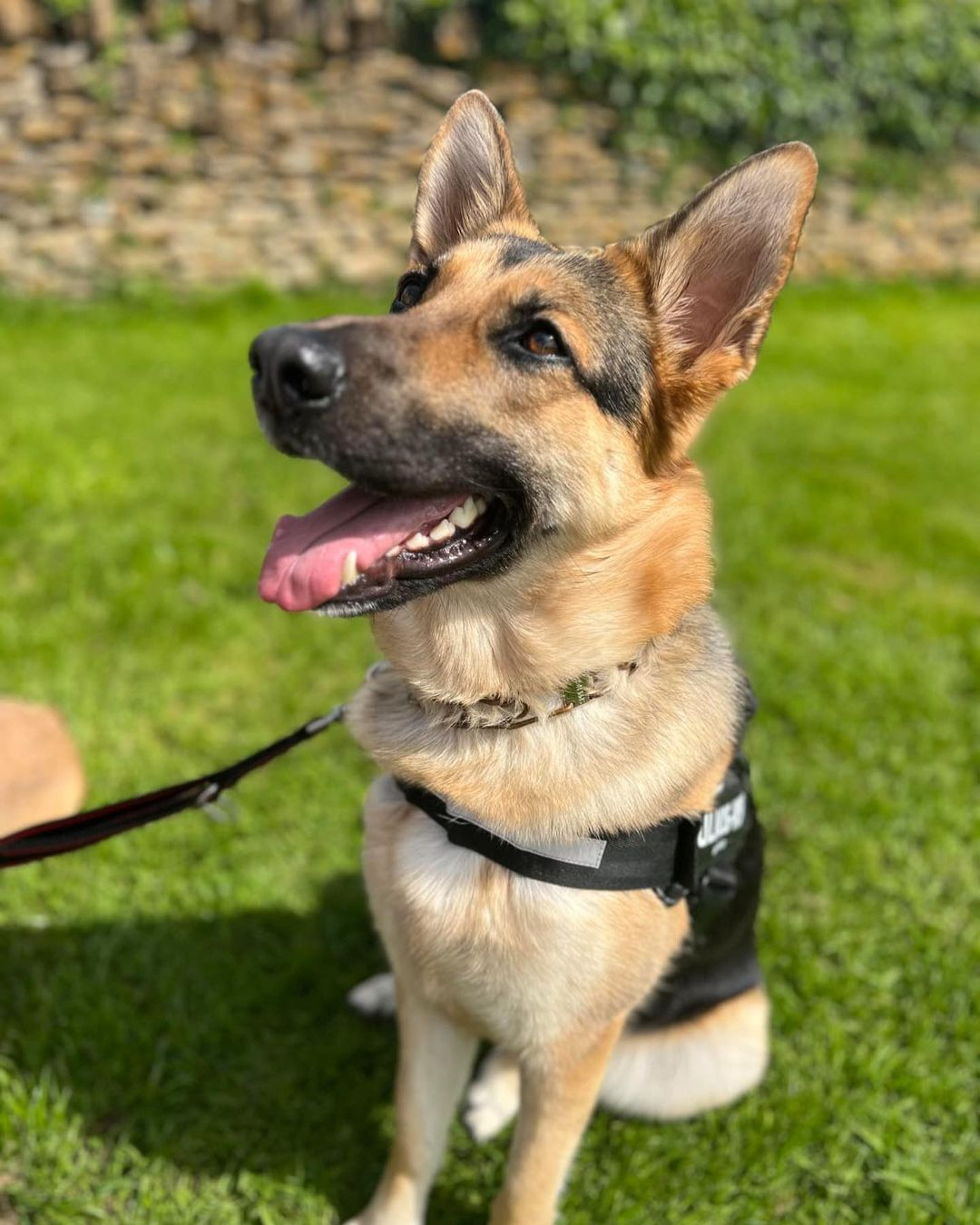
Simple techniques like handling skills, body positioning and posture, communicating correctly can go a very long way when done correctly and generate immediate results. Great work from these two
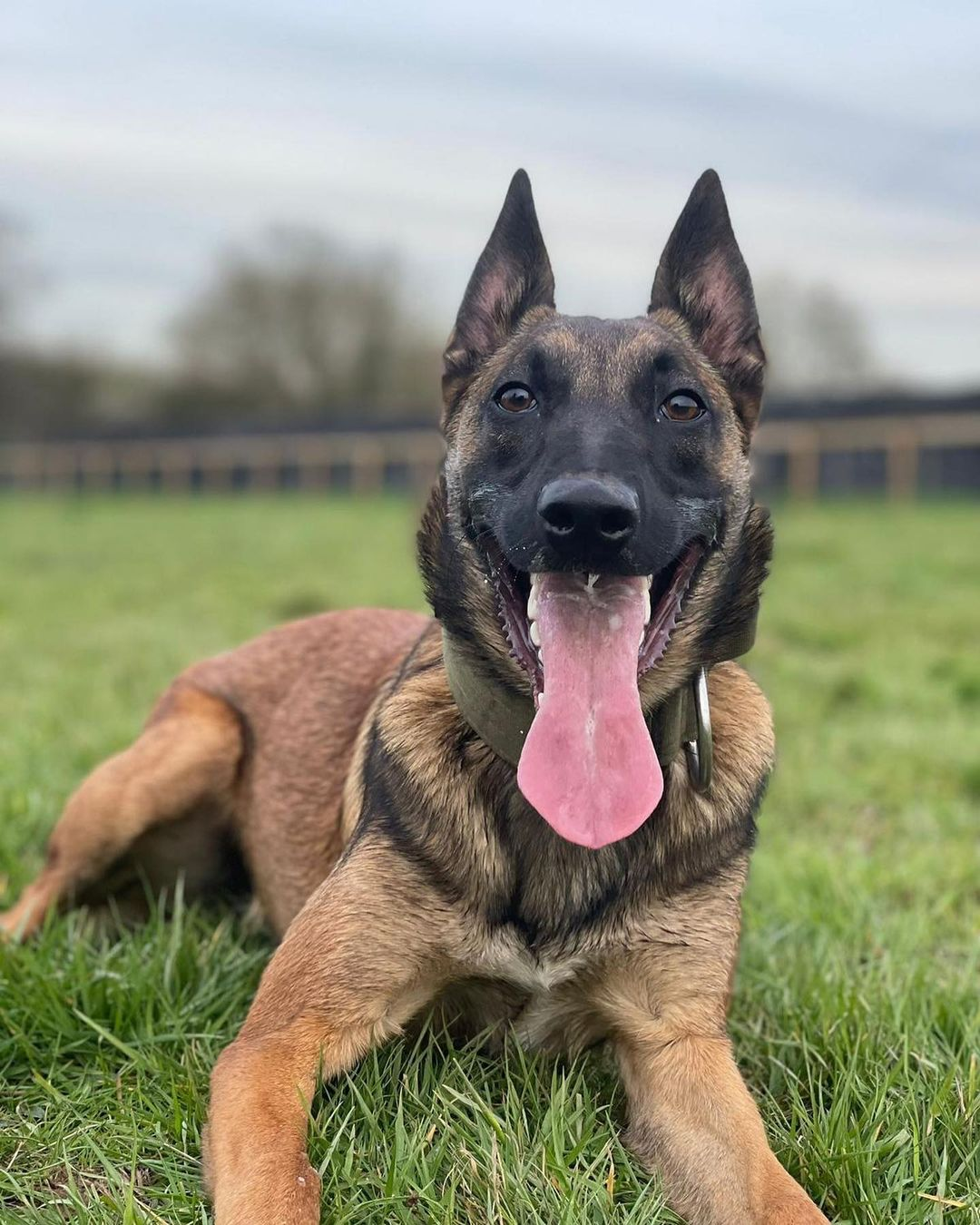
Choosing between training and play is unnecessary when you master the art of playing with your dog correctly. When executed properly, there should be no discernible difference between the two.
Dogs thrive and learn best when they are having fun. Therefore, training should always be an enjoyable experience for both you and your furry companion. If it becomes tedious, your dog may lose interest and seek amusement elsewhere in their environment.
Understanding your dog is key, especially when it comes to play and training. Take the time to discover their preferences and motivations.
Whether it’s a ball, tug toy, frisbee, flirt pole, or food, vary the activities to keep it engaging. Introduce challenges, think creatively, and step outside the conventional methods.
By doing so, you set the stage for a successful and enjoyable interaction with your dog.
See Also
Case Studies – Video Gallery

